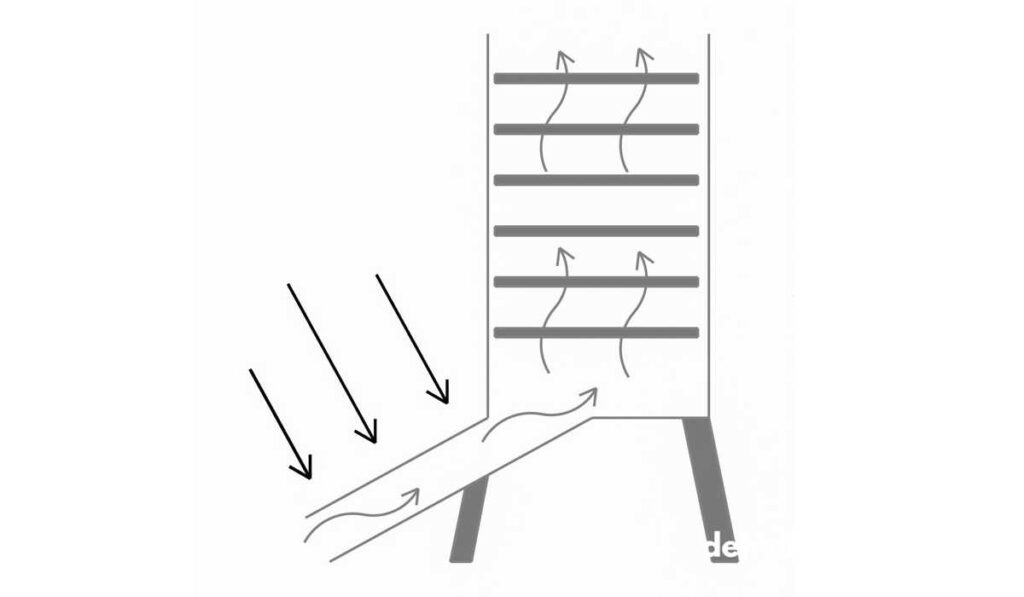Air drying | Electric food dehydrator | Oven drying | Freeze drying | Sun drying
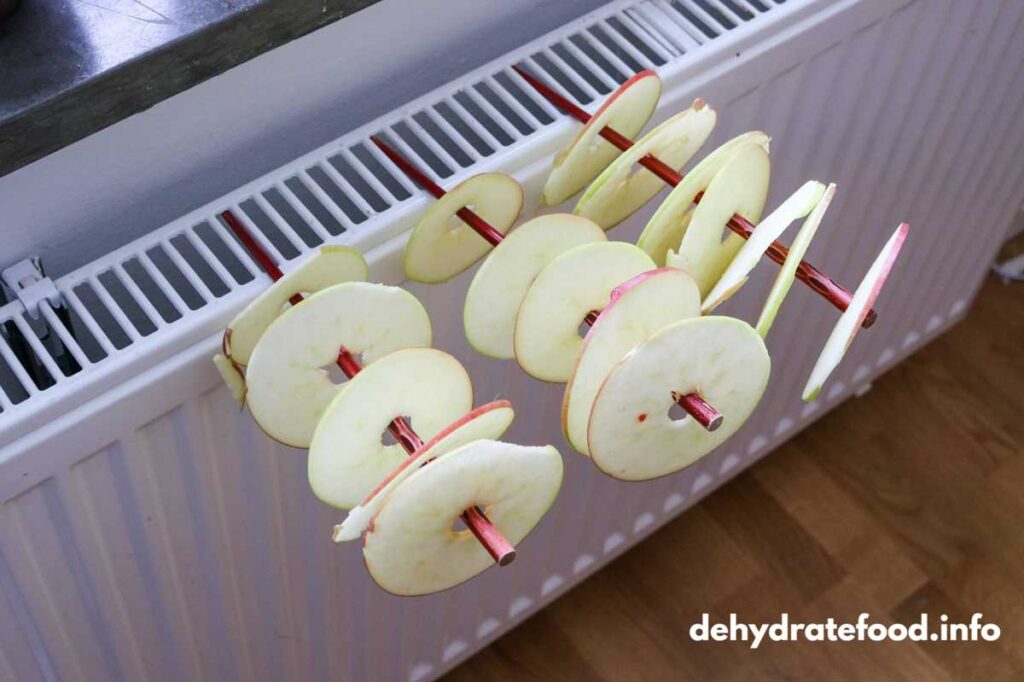
Air drying
This is the oldest and most straightforward of the dehydration methods, where food is left to dry naturally in the air. It requires warm, dry and well-ventilated areas. It is commonly used for herbs, peppers, fruits, and mushrooms.
Image: Air-drying of apples.
There are several different dehydration methods. Some are “passive”, meaning they do not need any heat source. Others, like a food dehydrator or a freeze drier, rely on electrical power. Depending on the food, time during the year (season), humidity and other factors – one method can be better suited.
Electric food dehydrator
This dehydration method involves using a dedicated appliance designed for dehydrating food. Electric food dehydrators provide a controlled environment with adjustable temperatures and proper air circulation. They are efficient and convenient for drying a variety of foods.
Image: Stöckli Dörrex is an example of a dehydrator with vertical airflow. The one to the right is an Excalibur four-tray dehydrator. You can add up to ten trays on the vertical ones for more capacity. The Excalibur (and others with the same principle) has a fixed capacity.
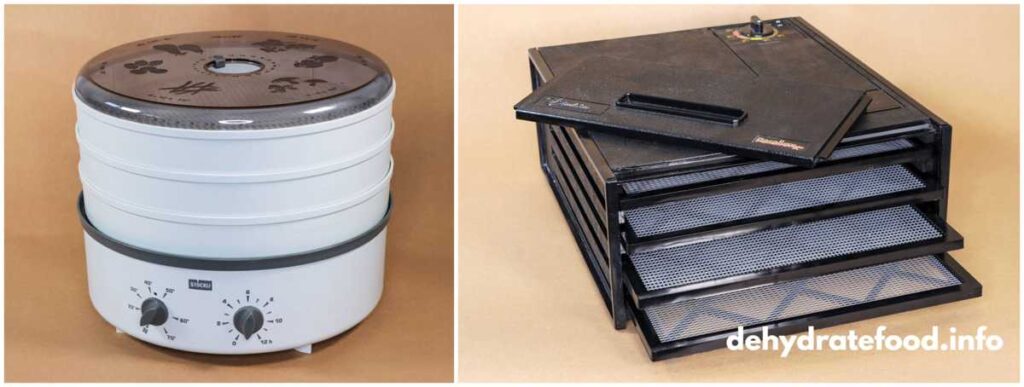
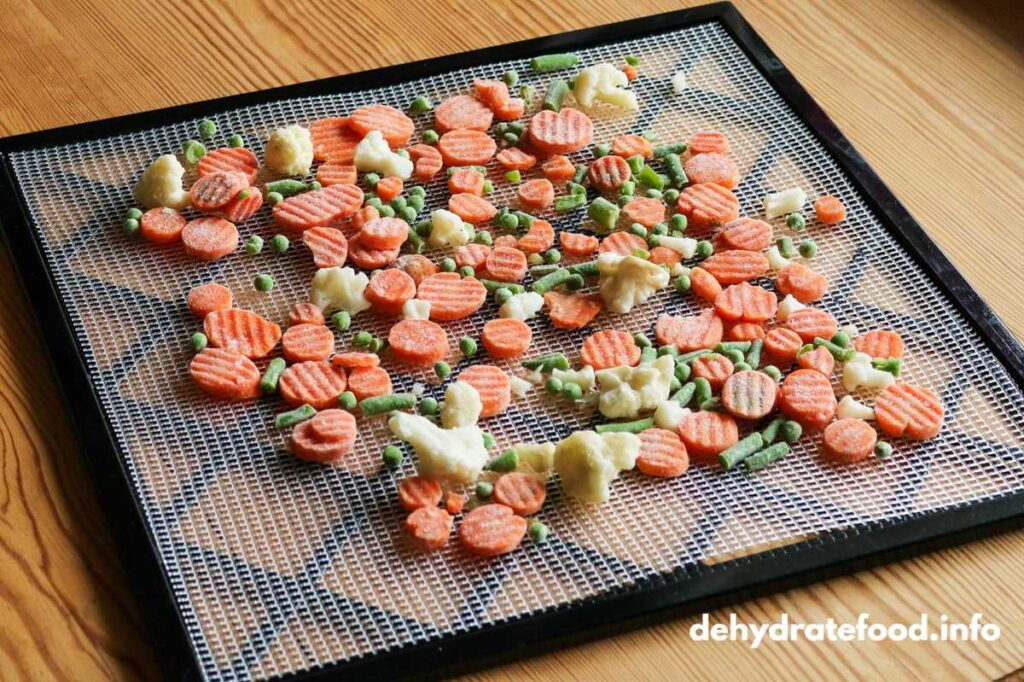
Image: Food dehydrator-tray with frozen vegetables.
Oven drying
Food is placed on baking sheets or trays and dried in a low-temperature oven. This method can be used for various foods like fruits, vegetables, jerky, and herbs. Ensure proper ventilation by slightly propping the oven door open to allow moisture to escape.
Image: Oven-drying of minced meat.
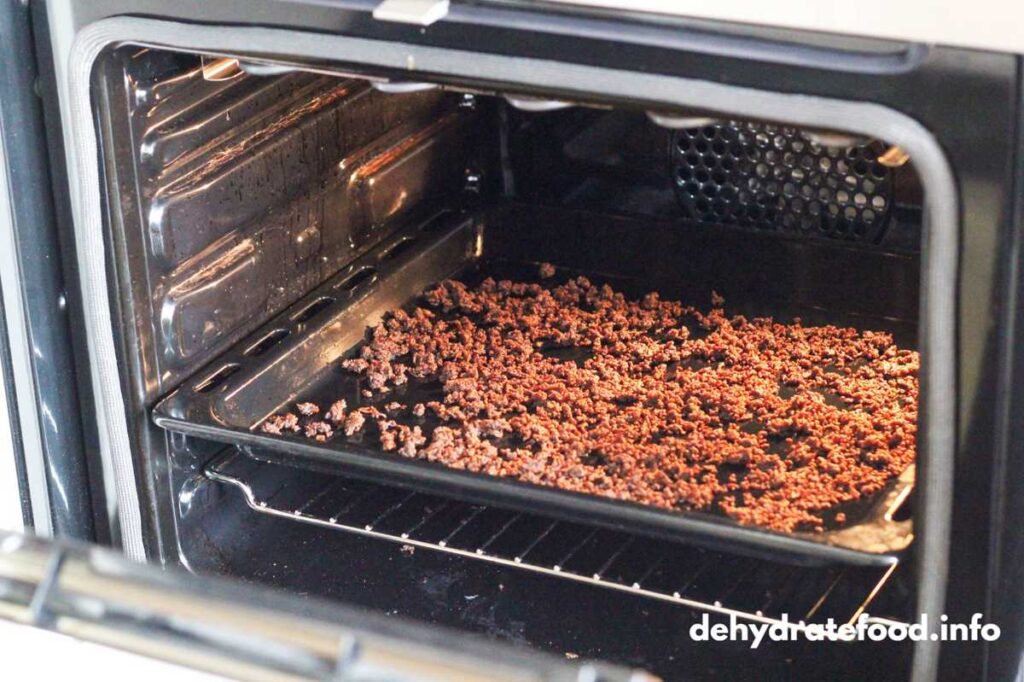
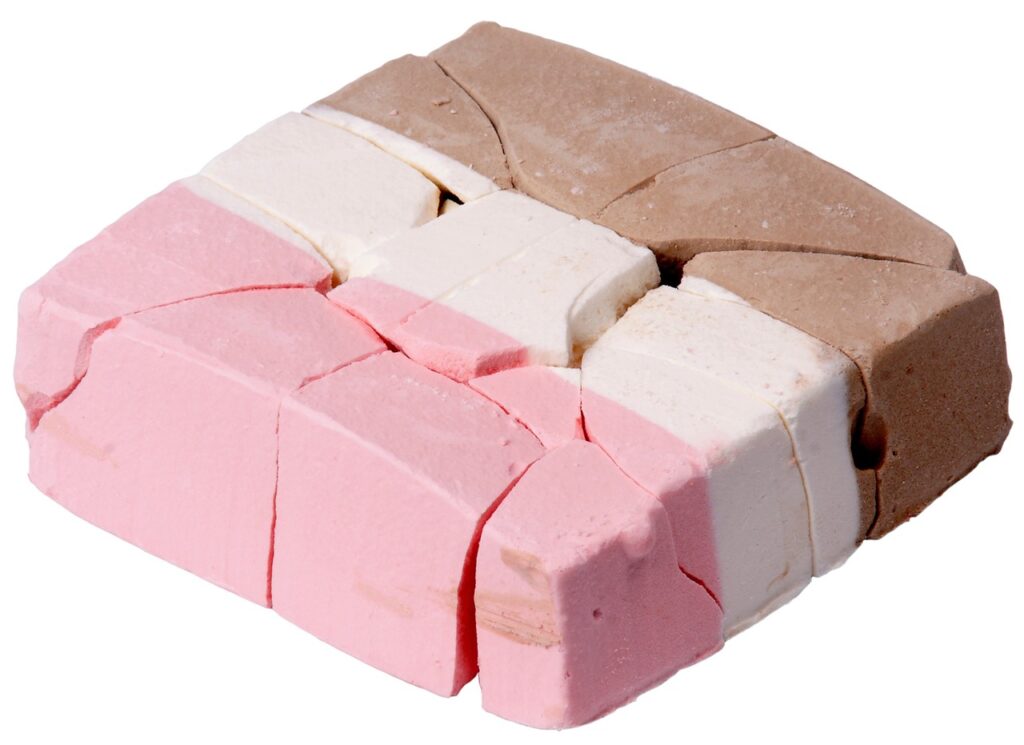
Freeze drying
This more advanced method involves freezing the food first and then drying it under a vacuum. Freeze-drying preserves the food’s original shape, texture, and nutritional content. It is commonly used to preserve fruits, vegetables, and even meals.
Image: Freeze-dried icecream
Sun dryingthe more complicated dehydration methods
Similar to air drying, but the food is exposed to direct sunlight to speed up the drying process. It is often used for fruits, vegetables, and herbs. However, this method is not recommended in humid or polluted areas.
Image: In a solar dehydrator, you allow the sun to heat up and pass through the food. There are several versions; one has an inclined plane where the air is heated by the sun. Air is sucked in through the bottom, rises vertically and passes through trays in a box.
